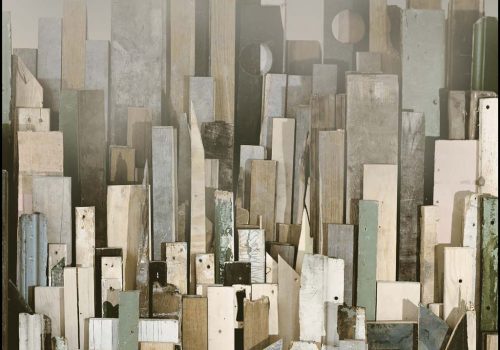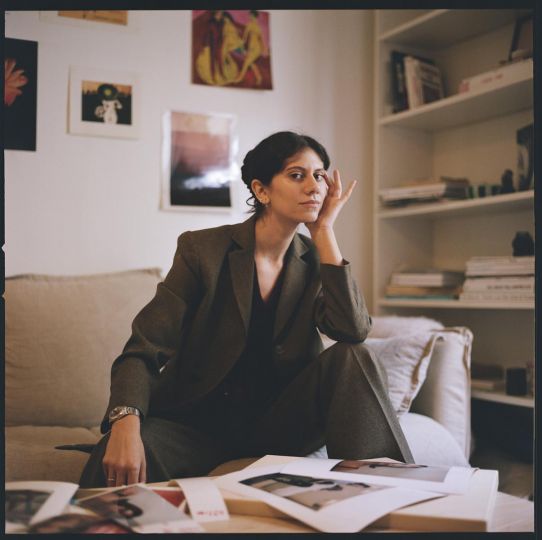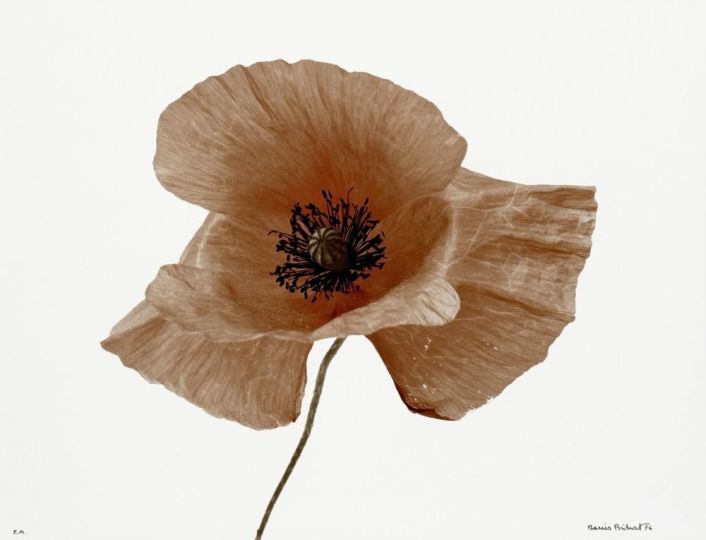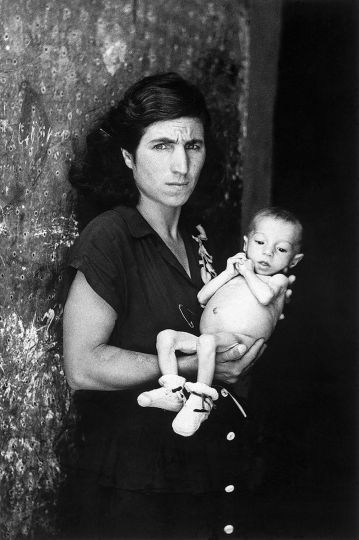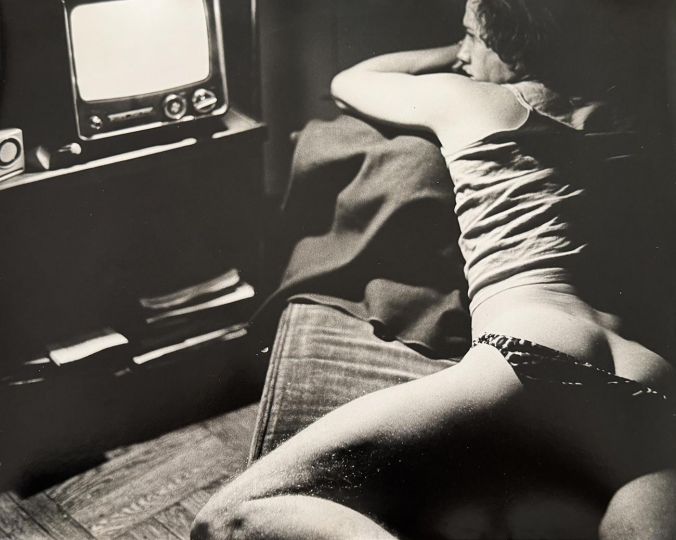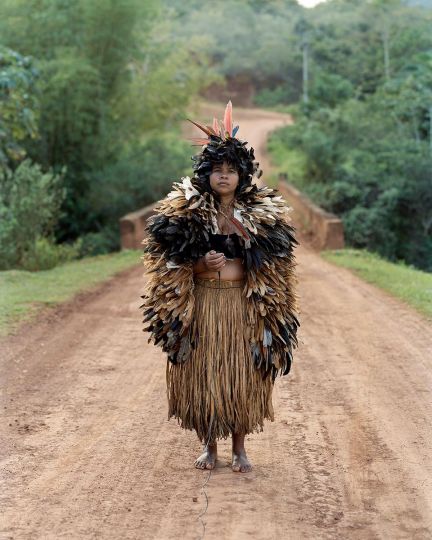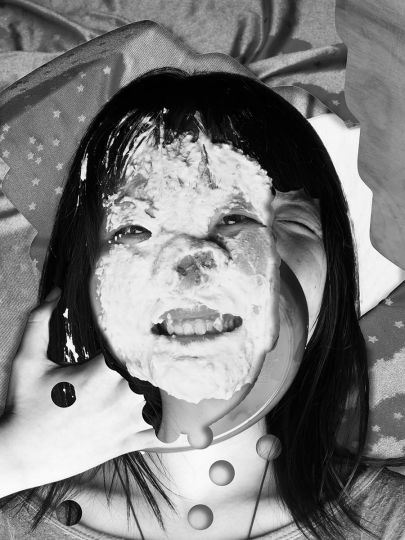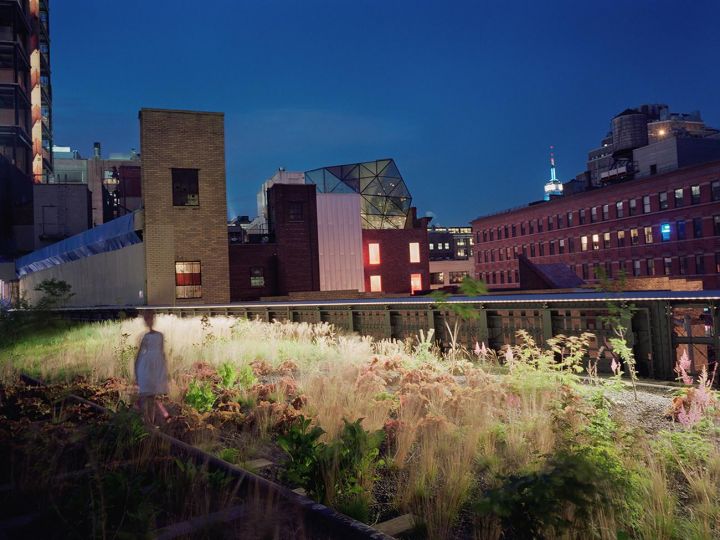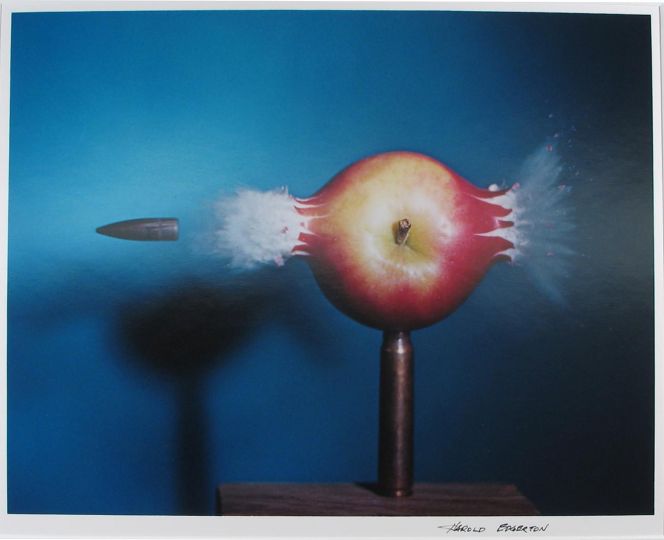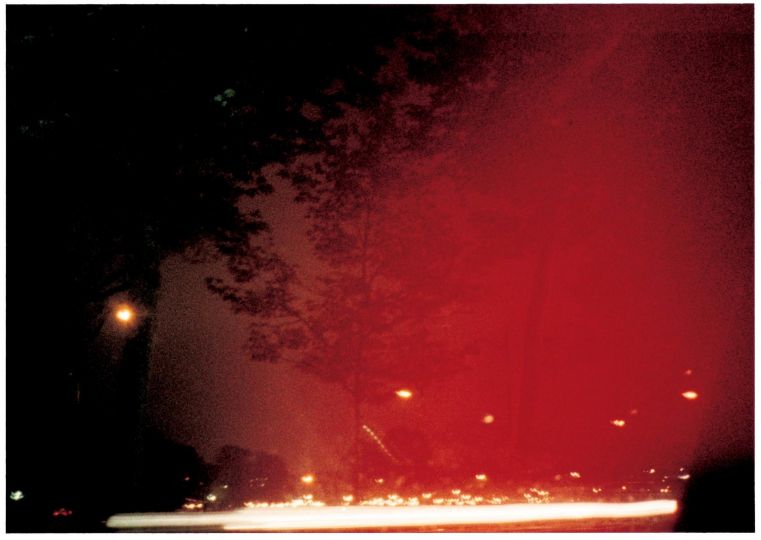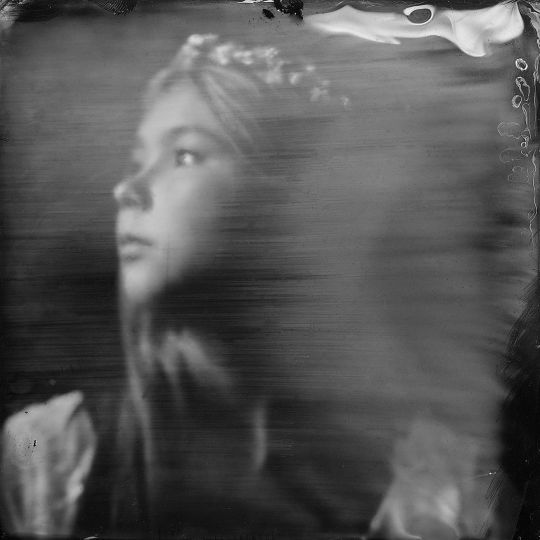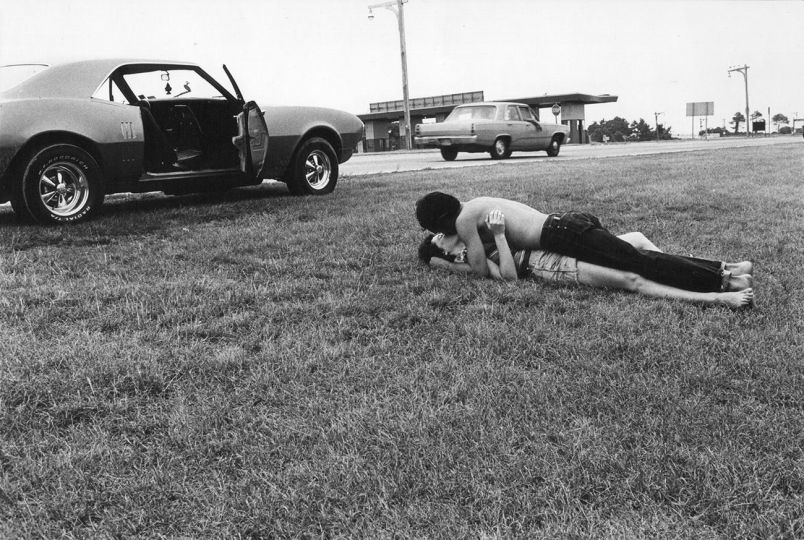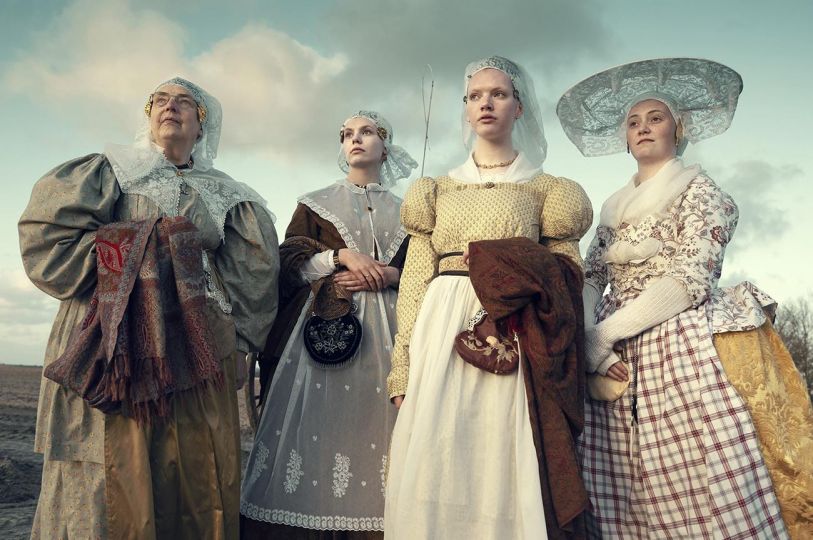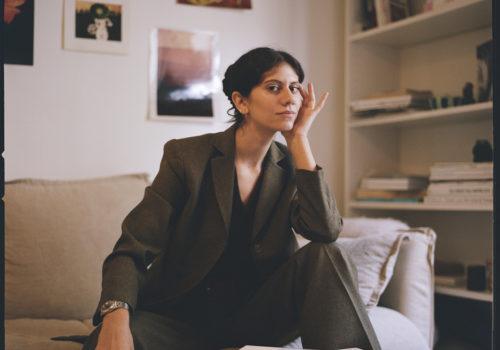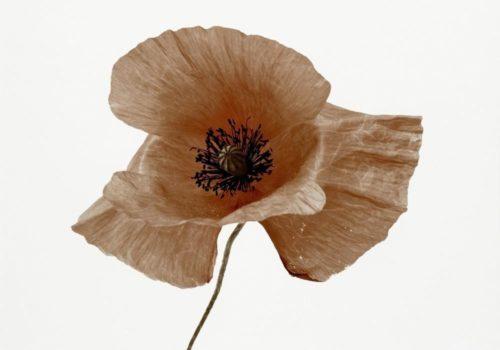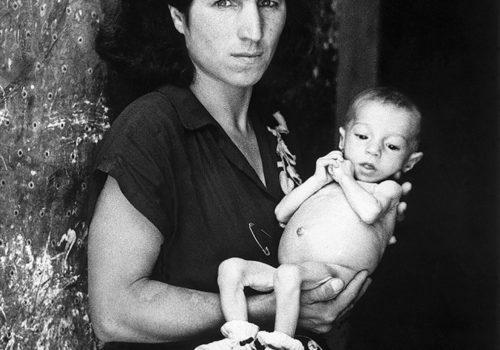Although this exhibition is not strictly photographic, with paintings and videos also on display, it nevertheless offers a wide range of images, reminding viewers of the medium’s close ties to conflict. The works selected by curators Chuong-Dai Vo and Midori Yamamura are not exclusively documentary.
Nina Berman’s work of post-9/11 militarization is the one that comes closest, but the subtle compositions of her series are far from an exhaustive and formal inventory of the anticipation of conflict.
This presumption of imminent danger guides the latest work of An-My Lé, the recipient of a MacArthur Foundation grant. Vast, pristine landscapes in Antarctica, Africa and Asia, transformed by the presence of bunkers and other military structures, coldly cover the walls of the Sylvia Wald and Po Kim Art Gallery. The exhibition’s focus is two time periods often ignored by the media: the before and after of a conflict. This is how the more conceptual approaches complement the selection, from Dinh Q. Lê’s commemoration of the victims of the Khmer Rouge in the center of detention and execution of Tuol Sleng, to the “Misprints” by Paul Qaysi showing the victims of the Iraq War printed on the back of inkjet paper, with the ink running to the point where it becomes impossible to identify the subject.
This article is reserved for subscribed members only. If you are already a member, you can log in here below.
Subscribe for full access to The Eye of Photography archives!
That’s thousands of images and articles, documenting the history of the medium of photography and its evolution during the last decade, through a unique daily journal. Explore how photography, as an art and as a social phenomenon, continue to define our experience of the world. Two offers are available.
Subscribe either monthly for 8 euros (€) or annually for 79 euros (€) (2 months offered).

